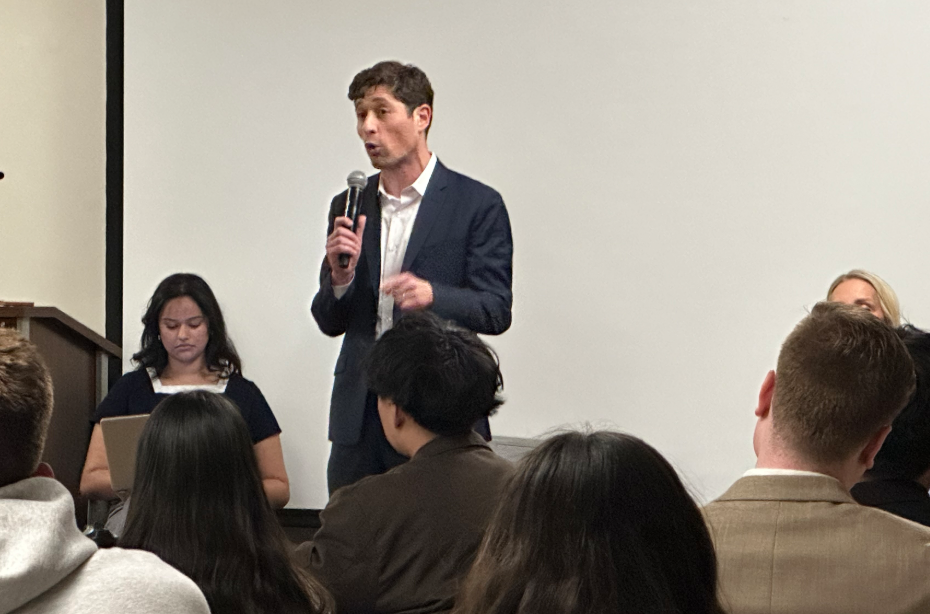A team of data specialists at the University of Minnesota have created a group to help researchers access adequate storage platforms for their research.
The University Storage Council – consisting of experts from the Office of Information Technology, Academic Health Center, Minnesota Supercomputing Institute, University Libraries, University colleges and coordinating campuses – will be using this upcoming year to create an access point for researchers to consult when they need data storage help.
“I think researchers have developed a lot of personal techniques to cope with the rising amount of data they are generating,” said Lisa Johnston, co-director of the University Digital Conservancy and co-chair of the USC.
The platforms that researchers used in the past may not be adequate for their current work, she said.
Although the University stores a plethora of data for many colleges and institutions, research data grows the fastest and needs the most space, said Michael Langhus, OIT service owner and USC co-chair.
The University currently stores 42 petabytes of data.
“What we’re seeing is people not knowing the entire breath of where all the storage needs are,” Langhus said. “Ultimately, we’re just trying to make it easier for a researcher to consume storage.”
Numerous storage options exist for researchers, and the USC is currently determining what platforms are the most appropriate for certain types of data.
Some researchers use high-capacity storage platforms for data that needs to be easily and quickly accessible, said James Wilgenbusch, senior associate director of MSI. He added, this type of storage platform costs the University more than other platforms.
For some researchers, their data does not need to be accessed frequently and can be stored in a more affordable, lower performing platform, Wilgenbusch said.
Informing researchers of this option could save the University money, Langhus said.
The Council plans to aid researchers by creating a team of “champions,” or easy-accessible data experts that researchers can approach to determine where their data should be stored.
“I think our campus is extremely well-equipped to provide an enormous amount of storage for every single person on campus. It’s just a matter of connecting all of these solutions to the individuals who have been so used to doing it themselves for a long time,” Johnston said.







